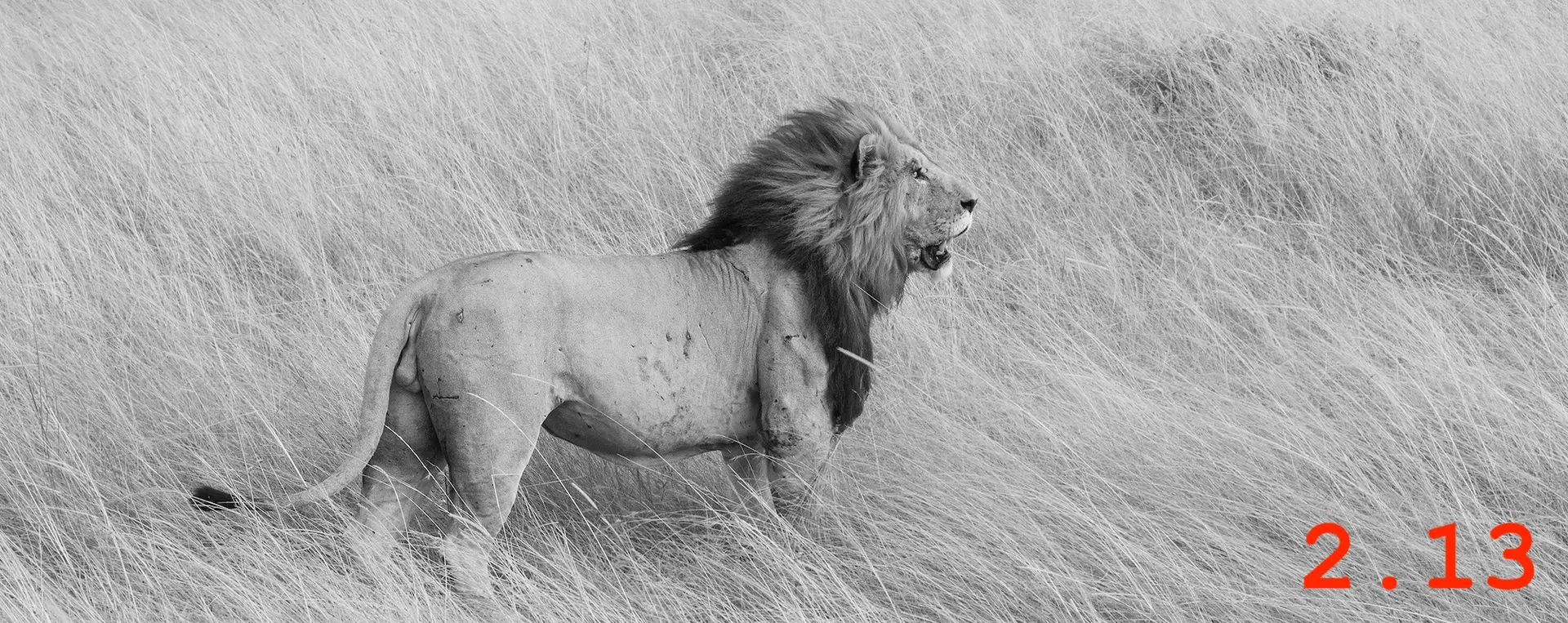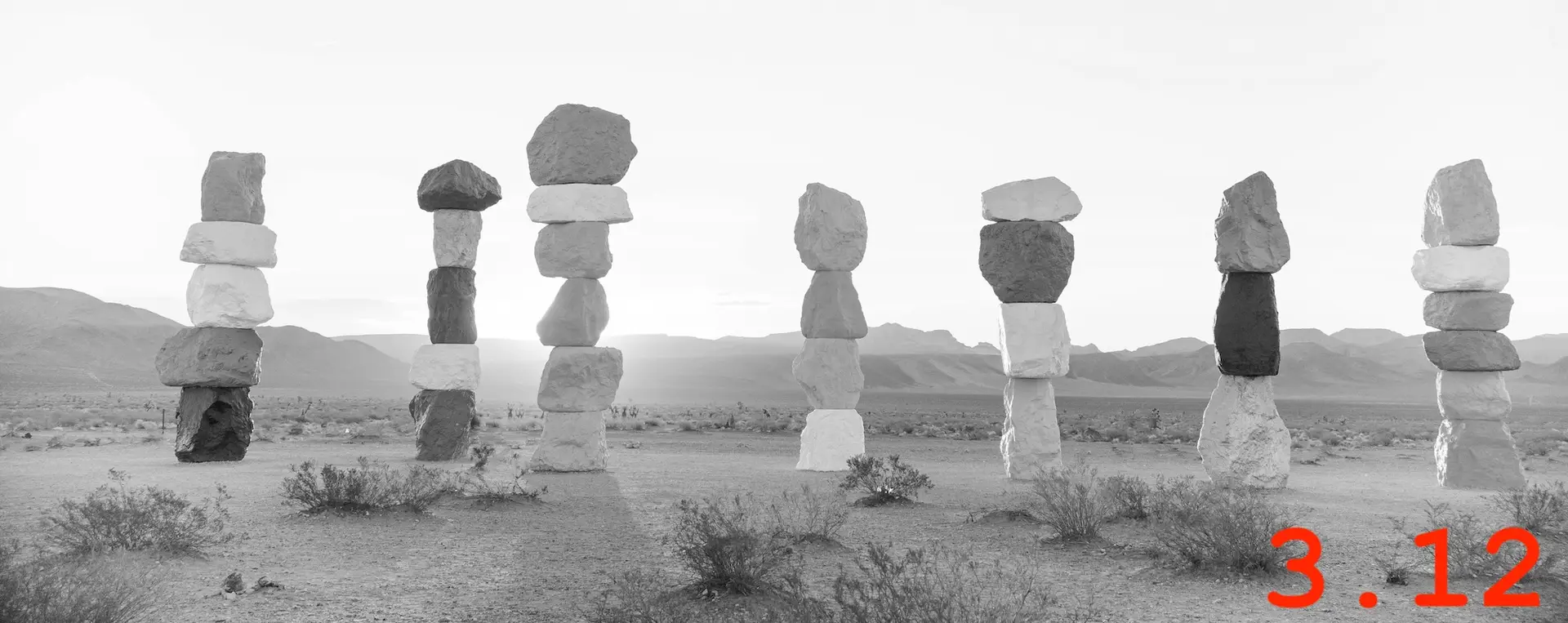Thought leadership should be fun, fast, and fearless. You tap into excitement about new ideas and advocate for something better. That’s the mindset behind The Idea Sled. Projects glide forward gracefully. It’s the momentum of commitment. This newsletter shows you how.
Thought Leadership in a Digital Wilderness
In today’s digital landscape, what’s called “thought leadership” has become a race to the bottom, chasing the lowest common denominator. It lacks two essential ingredients: thinking and leading.
Regardless of all the squawking about content, thought leaders do have a choice, however. Join the parrots, or roar at the lions.
Life Among Parrots
Many publishers of thought leadership are content functionaries who are several steps removed from the knowledge and business experience of thought leaders and subject-matter experts.
LinkedIn exacerbates this problem. It provides both the channel and, many times, the incentives, for self-proclaimed thought leaders to churn out content that’s high on noise but low on meaningful, transformative insight. Frankly, the algorithm amplifies this superficiality. Writing for the algorithm suppresses thought leaders’ commitment to communicating high-value, high-stakes contributions to their industries.
LinkedIn exacerbates this problem. It provides both the channel and, many times, the incentives, for self-proclaimed thought leaders to churn out content that’s high on noise but low on meaningful, transformative insight. Frankly, the algorithm amplifies this superficiality. Writing for the algorithm suppresses thought leaders’ commitment to communicating high-value, high-stakes contributions to their industries.
This combination of functionaries and algorithms stifles original ideas in two ways:
First, people with low levels of specific industry knowledge often can’t see the difference between conventional wisdom and new thinking. They drag ideas back to a more recognizable place—more of the same that they’ve seen elsewhere.
Roaring at Lions
What I am saying implies a much broader vision for thought leadership than using it as bait for a marketing funnel. Thought leadership does have marketing value, but it can accomplish so much more. Done with maximum effectiveness, it can be part of a virtuous cycle where ideas drive business growth and industry change. This higher-value view of thought leadership only bears fruit when thought leaders challenge assumptions.
The cycle of ideas-led growth begins with sharing genuine insights and leading by example. It involves challenging assumptions. It’s about questioning the status quo and provoking deeper thinking. It’s like going into the lion’s den and roaring.
Although lion kings only exist in fiction, displacing the dominant male can be a very good thing. It’s a part of the social structure that allows lions to be more effective hunters and protect their territory and young. In the wild, male lions typically only hold a dominant position for a few years before being challenged and replaced by younger, stronger coalitions.
It’s a viable metaphor. Defiance and competing ideas are the forces that push boundaries and spark meaningful conversations—within a company and outside it.
Wilderness or Wildness?
The parrot world that I described is a sad digital wilderness where people flap around chasing toxic incentives and detracting from useful change. It’s a bad metaphor for parrots, who excel at problem-solving and demonstrate strong social bonds and cooperative behaviors in nature. But it fits the cultural cliché of parrots as birds that mindlessly repeat sounds without meaning. Contorting ideas for algorithms and search crawlers or using hooks, tips, and tricks makes the wilderness even emptier.
But we can venture out of that wilderness as thought leaders by embracing a bit of the wild. Not controversy for its own sake, but thoughtfully and deliberately exploring what’s out there in the wild veldt. Among lions, thought leadership can drive innovation and positive change. It can be a communication tool to advocate for better ideas.
However, a roar worth hearing involves articulating what your innovation is, why it’s better, and how you propose to achieve it. You make calculated risks that align with your values. Every piece of content, every speech, and every interaction should be driven by a clear purpose. This intentionality not only gives you a way out of the wilderness but also ensures that your work offers a clear, actionable vision of the future.

Three Grace Notes
“Earth’s unstoppable trend toward the vulgarization of everything was the disease of the twenty-second century. The debasement of knowledge had swept the world since the twentieth century, but back then, remnants of the classical age still survived, and there were still a brave few who lived for grand and noble ideas, for wisdom. By the twenty-second century, however, all nobility had dissolved, and no one cared about the life of ideals. Sight and imagination alike had shrunken to just a few inches in front of the nose. Without the pursuit of higher ideals, civilization itself turned vulgar.” — Hao Jingfang, Vagabonds
“A delicate tissue of ethicality runs through the marrow of being. There is no getting away from ethics—mattering is an integral part of the ontology of the world in its dynamic presencing. Not even a moment exists on its own. ‘This’ and ‘that,’ ‘here’ and ‘now,’ don’t preexist what happens but come alive with each meeting. The world and its possibilities for becoming are remade with each moment.” — Karan Barad, Meeting the Universe Halfway: Quantum Physics and the Entanglement of Matter and Meaning
“One rule of thumb is to ask yourself, “Am I having a good time doing this?” If you’re not enjoying yourself when you’re engaged in what seems important to you, if you can’t find spontaneous pleasure and joy in it, if your heart doesn’t leap with excitement, then there’s likely something wrong. When that happens, you have to go back to the beginning and start discarding any extraneous parts or unnatural elements.” — Haruki Murakami, Novelist as a Vocation
Note: Many of the links above are affiliate links. I’m using them in lieu of paid subscription tiers or digital tip jars. Seems like a much more graceful way to generate financial support while sharing more thinking and writing that can guide thought leadership.




